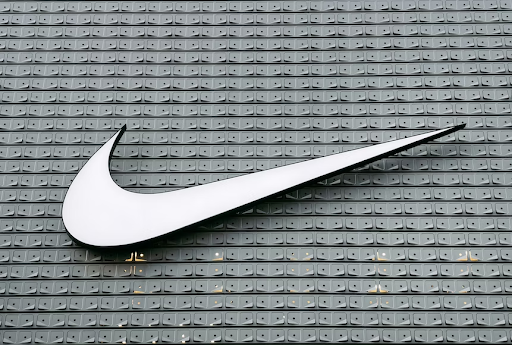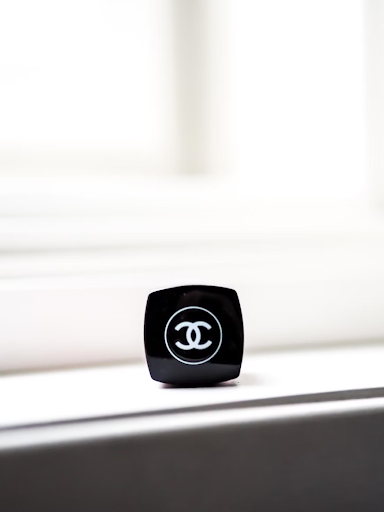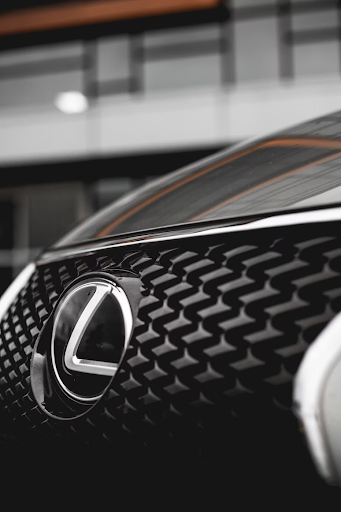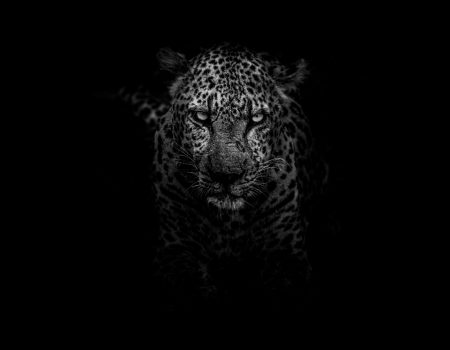Have you ever wondered why some brands are so recognizable? It could be because of their monochrome logos. While these designs might only comprise a single color, they’ve proven highly effective in competitive markets.
This post looks at what monochrome logos are, why they are trendy, and the top five examples from consumer brands.
What Is A Monochrome Logo?
Monochrome logos are logos comprising a single color.
As brands seek more minimalist designs, these designs are becoming more popular. Companies want to present themselves to prospective customers in an easy-to-digest and highly recognizable format. They are popular among brands looking for simplicity and elegance.
Monochrome logos are different from grayscale logos. The latter uses multiple tones of gray to create contrast and depth, while monochrome uses a single shade.
Why Monochrome Logos Are Trendy (And Not At All Boring)
Critics sometimes label monochrome logos “boring” because they only have a single color. However, that couldn’t be further from the truth. Monochrome logos have many inherent advantages that make them exciting. For instance, they can:-
- Be memorable and recognizable because of their simplicity and clarity
- Evoke a timeless or classic feel
- Adapt to more niches and contexts than traditional multicolored logos
- Be easy to reproduce on various mediums, including online apps, websites, and print
- Create a strong visual impact that immediately grabs customers’ attention
Lastly, it is worth noting that monochrome logos offer infinite customization. You or your designers can play with them for weeks, looking for the perfect aesthetics to meet your brand’s objectives.
What Makes Single Colored Logos Stand Out?
Single color logos stand out for their simplicity and versatility. They are easier to create and reproduce than a multi color logo and don’t require complex gradients, shadows, or other effects to make them look good. Logos with cats do look good with just one color.
You can also apply them to various media and platforms without losing quality or identity. For instance, you can place them on materials of different sizes and shapes and invert them, letting you display them on white or black backgrounds without having to rethink aesthetics or image. Single-color and black and white logo designs work across settings, including website banners, ad banners, and print brochures.
The 5 Best Monochrome Logos
So, what are the five best monochrome logos used by corporations today? Let’s take a look.
1. APPLE
Apple is the world’s biggest brand. Historically, its logo was multicolored. Today, it uses a simple logo design.
Apple’s symbol is one of the most recognized in the world. The logo consists of a simple silhouette of an apple with a bite taken out of it.
Some sources claim the bite is to provide users with a sense of scale. Without it, the logo could look like a cherry.
However, others take a different view, believing it refers to a biblical passage in the book of Genesis when Adam takes a bite of the apple in the Garden of Eden. The Apple is a symbol of how our computers provide unlimited access to the knowledge of good and evil.
A final theory holds that the bite out of the Apple is a homage to the great Alan Turing – one of the scientists and researchers responsible for the modern computer. The British government prosecuted and chemically castrated Turing during the 1940s for being gay, despite his tremendous contributions to defeating the Nazis. He later committed suicide after biting into an apple laced with cyanide.
Interestingly, Apple’s original logo was quite different from the one we know and love today and featured an almost medieval-looking image of a man sitting under an apple tree. (Isaac Newton, perhaps?) However, designer Rob Janoff redesigned the logo’s shape in 1977, which has remained unchanged until now.
2. NIKE

Nike is another contender vying for a place in the top 10 best monochrome logos in the world. The company’s famous “swoosh” tick is recognizable globally in the Americas, Asia, and Europe.
Nike originally had the name “Blue Ribbon Sports” with the logo “BRS.” However, the company decided in 1971 that the original logo left a lot to be desired.
The logo is a stylized representation of a wing inspired by the Greek goddess of victory, Nike, according to the brand. It was designed by Carolyn Davidson in 1971, who hoped to convey the idea of motion and speed. Later, people interpreted it as a “tick” or “check mark,” suggesting victory or accomplishment.
Unlike Apple, Nike did not play around with its monochrome logo over the years. The branding remains almost entirely the same as in the early 1970s.
3. CHANEL

Chanel is another excellent example of a monochrome brand logo in action. It consists of two interlocking Cs standing for founder Coco Chanel’s initials.
Coco designed the simple logo in 1925 and the brand has been used ever since. It reflects the elegance and simplicity of the brand’s perfume, clothing, and jewelry products.
4. LEXUS

Lexus also uses a monochrome logo as part of its mission to become one of the most respected and authoritative brands in the automotive industry. The company’s logo featured a framed “L” and the word “Lexus” written underneath. The firm was one of the first to jump on the new trend for monochrome logos.
5. WWF

Lastly, we have WWF – the World Wildlife Fund. This non-profit organization’s original logo was a hand-drawn monochrome panda created in 1961. That same year, the WWF refined the image to make it visually simpler and cartoon-like.
In 1986, the WWF redesigned the logo again, changing the appearance of the panda slightly and including the acronym “WWF” underneath. Later in 2000, the organization refreshed the logo, changing the roundedness of the lettering to make it appear a little more natural. That was the last time the brand updated its appearance.
Wrapping Up
In summary, monochrome logos are proving exceptionally popular among top brands. Companies use them to stand out in the marketplace and reduce clutter.
Monochrome branding likely became more popular recently because of internet marketing requirements. Firms needed logos that could slot onto virtually any webpage while retaining their impact and versatility, and monochrome fit the bill.
